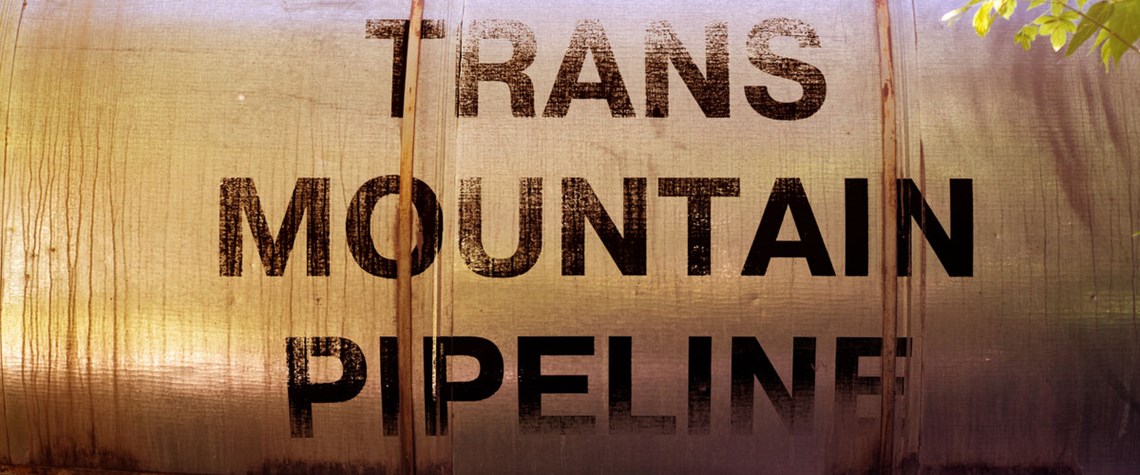Canada wrestles with a produce more/emit less paradox
The requirement to cut the upstream industry’s carbon footprint places a chokehold on growth ambitions
The Canadian oil and gas sector has faced numerous headwinds over the past 15 years or so, many of tsunami intensity. But it has, on the whole, come out the other side stronger—especially in terms of oil production and exports—and more profitable. But its biggest challenge may still be ahead. These headwinds included the 2007-09 global financial crisis; a well-funded and sophisticated environmental campaign against oil sands development; the US shale oil and gas revolution; the 2014-16 oil price slump; federal climate policy and regulatory morass; an exodus of IOCs from the oil sands; the 2018 Western Canadian oil price implosion—due to a lack of egress from the region—and subsequent curtail

Also in this section
12 December 2025
The latest edition of our annual Outlook publication, titled 'The shape of energy to come: Creating unique pathways and managing shifting alliances', is available now
12 December 2025
The federal government is working with Alberta to improve the country’s access to Asian markets and reduce dependence on the US, but there are challenges to their plans
11 December 2025
The removal of the ban on oil and gas exploration and an overhaul of the system sends all the right messages for energy security, affordability and sustainability
10 December 2025
The economic and environmental cost of the seven-year exploration ban will be felt long after its removal







